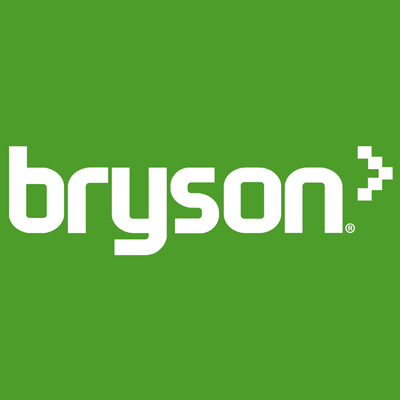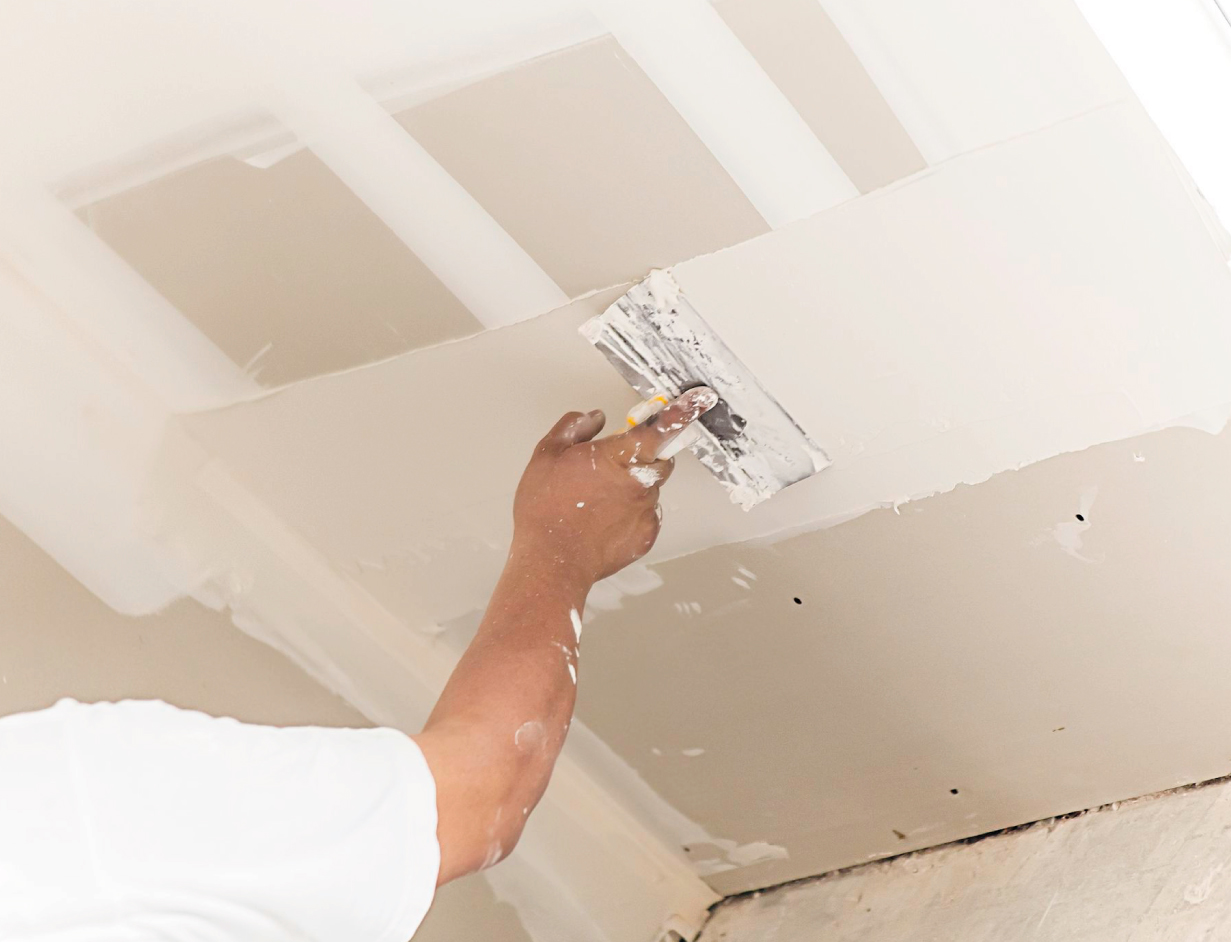Building, Refurb, Fit-out and Remodelling: Drywall Or Plaster?
Before drywall became widely available, plaster was the common form of interior wall finishing. This ancient technique is found in old houses but continues to be used today for homebuilding, refurbishment and fit-out projects and remodelling. Most new housing and building constructions use the drywall method, which has grown in popularity over the last 2 decades. Also called dry lining, this technique involves using plasterboard for surface application.
Drywall
As a method of wall finishing, this provides quick, easy and clean installation compared to traditional plastering. It’s lightweight and flexible, therefore ideal for future expansions, design changes and regular internal alterations, allowing pipes and wires to be concealed and shaping of upper levels in modern homes. It also allows you to even out uneven walls and can be used on any surface to achieve an excellent finish.
If your client uses a timber frame, drywall is the preferred technique because it uses pre-finished board systems that require less labour during installation. Plus, this method can be used to insulate the walls by fitting the insulation between the battens and fixing the plasterboard. And, by using soundproof plasterboard, you can also improve the acoustics in a room.
The downside to this finishing method is it cannot support a tall structure, with construction limited to only two to three storeys. Since plasterboard isn’t sufficiently impact-resistant, a plaster skim is required to resolve this disadvantage. Another problem with dry lining is it is limited to dry environments. Long exposure to water will damage the plasterboard, making it lose its structural integrity, as it becomes soft and weak.
Plaster
Plaster coatings are generally more durable than dry walls and can last years without maintenance. In most cases, they are more resistant to dents and knocks and aren’t likely to cause cracking. They mix easily with water and are easy to spread and level. Because plaster expands very slightly on the setting, it can be sculpted in a variety of patterns and painted any way once it has dried.
Unlike drywall, plaster does not produce dust when cut and sanded, taking less time to finish without making a lot of mess. Because of its superior density, it provides excellent room acoustics and acts as a sound absorbing element. The gypsum within this finish is non-combustible, so it will slow the spread of fire, compared to drywall.
The downside to a plastered wall is that it’s difficult to repair. While it doesn’t easily crack, it can still crumble due to strong blows or shifting foundations. When this happens, the damaged plaster must be cut and scraped out. If the damage is severe, there will be a need to replace the lath or another backing.
Bryson is a manufacturer, importer and distributor of fixings, safety and protection products and other accessories to fit-out and refurbishment contractors across the UK. We have a wide selection of drywall and plaster materials and tools such as finishing trowels, floor scrapers and hand sanders, as well as a range of timber and plasterboard for drywall projects.
If you have any questions about our products, please email sales@bryson.co.uk or call us on 020 8660 9119.



